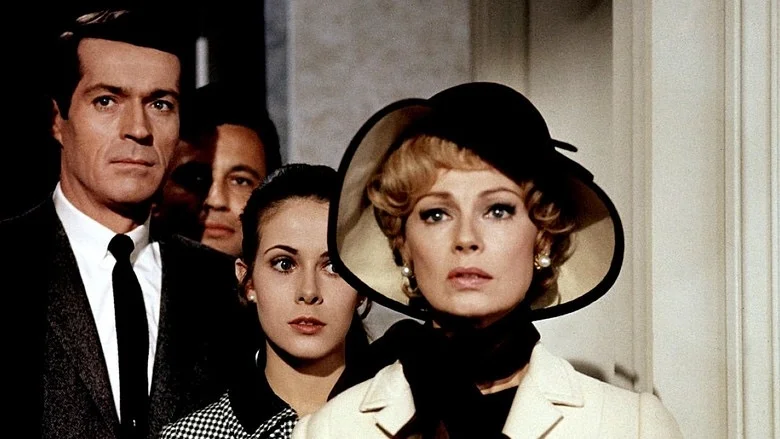Beginner's Guide to Alfred Hitchcock: Blackmail (1929)
Alfred Hitchcock is a very visual filmmaker. He likes to guide the audience with his camera, treat his viewers with ironic gags, and use imagery to tell the story more than dialogue. Hitchcock made nine silent films before he directed Blackmail in 1929, and this film was not only Hitchcock’s first sound film, but Great Britain’s as well. It’s an important picture for the director and cinema in general for its innovative use of sound and its unique visual design. It also feels surprising modern even for being 88 years old, with some fun visuals and a somewhat surprisingly bittersweet ending.
Alice White (Anna Ondra) has a row with her boyfriend Det. Frank Webber (John Longden) while out on a date. They separate, and Alice meets up with an artist Mr. Crewe (Cyril Ritchard). She follows him to his home to see his studio, and he attempts to rape her. Alice kills Crewe in self-defense, and Frank is assigned to the case. Alice and Frank are then blackmailed by an eyewitness Tracy (Donald Calthrop).
Blackmail really surprised me by how radical it is and not just in terms of its visual language. The story itself is really shocking; the sense of dread during Alice’s scenes with Crewe is completely unsettling and unbearable, as Hitchcock punishes Alice for going home with a shady man. Hitchcock really puts the poor woman through the wringer; Alice experiences a horrible event then has to deal with the crushing guilt that follows. Whether Hitchcock leans more feminist or misogynist is not cut and dry. He usually features woman in leading roles, often with other women in supporting roles. But his penchant on thrillers means that women have to survive some torment.
While revisiting Blackmail, I was reminded of Hitchcock’s 1954 thriller Dial M for Murder. Both films feature a sexual assault in an apartment, with the victim killing her attacker in self-defense. Both films even feature the unforgettable image of the woman’s arm reaching around for any kind of weapon. In Dial M for Murder, it was a pair of scissors, whereas in Blackmail, Alice uses a butter knife. In both films, simple household items can be transformed into weapons when the circumstances require it.
Hitchcock started production on Blackmail as a silent film, but the studio decided that it should be in sound. Originally the idea was that only the last act of the film would be a “talkie.” Hitchcock rightfully balked at the idea for the odd switch, but the first sequence in the film is almost completely devoid of dialogue. Perhaps he wanted to ease his viewers into a talkie, but now the opening of the film—showing a police arrest and booking—reads more like a stylistic choice to show the daily grind of police work. Hitchcock wanted the ending to mirror the wordless opening section, with Frank booking Alice for the killing. That ironic ending would be a terrific Hitchcock finale, one that would fit right into his later films.
One of my favorite sequences in the film is Alice’s walk home from Crewe’s apartment after she kills him. The sequence is a hazy urban nightmare, with everything reminding Alice of her deed. Hitchcock externalizes Alice’s guilt into the outside world. At breakfast the next morning, Alice keeps hearing the word knife and her family’s butter knife torments her. This kind of innovative filmmaking foreshadows how he would manipulate the medium in the future. The climax of the film, taking place at the British Museum, is pretty exciting as well. Hitchcock uses the Schufftan process in the film, which was popular at the time. The process uses mirrors to insert actors into a scene using miniatures. The effect is used so well, even I was fooled.
For being the first British talkie, Blackmail is inventively filmed with Hitchcock’s talent for offbeat filmmaking and keen use of cinematic tools on full display with this 1920s classic. Hitchcock often worked well under limits, whether it's the midcentury Production Code or the boundaries of 1920s technology. I was a little worried watching this film for the first time years that it would be a little stolid or unexciting, but Blackmail really holds up due to the director’s creativity.
















